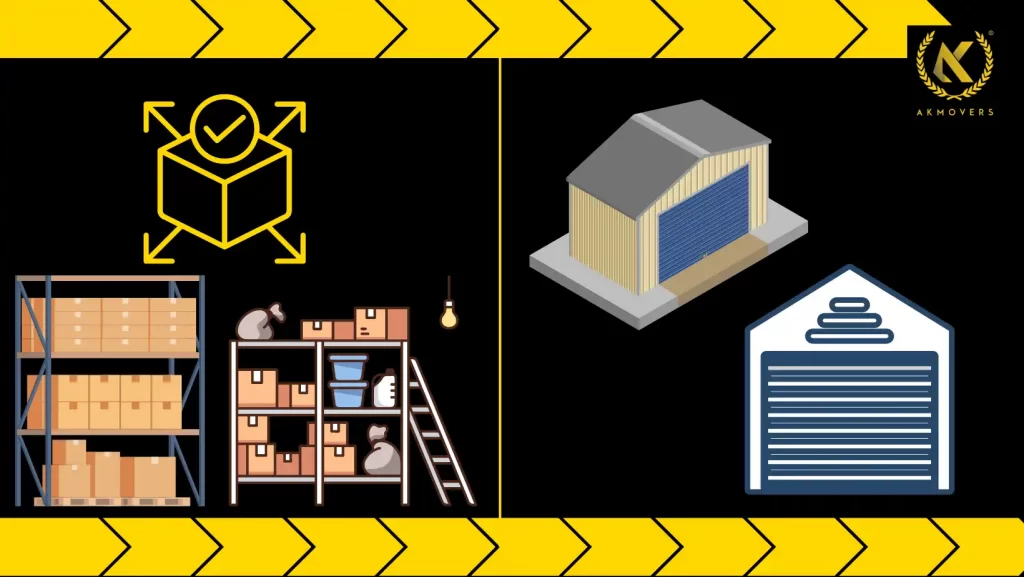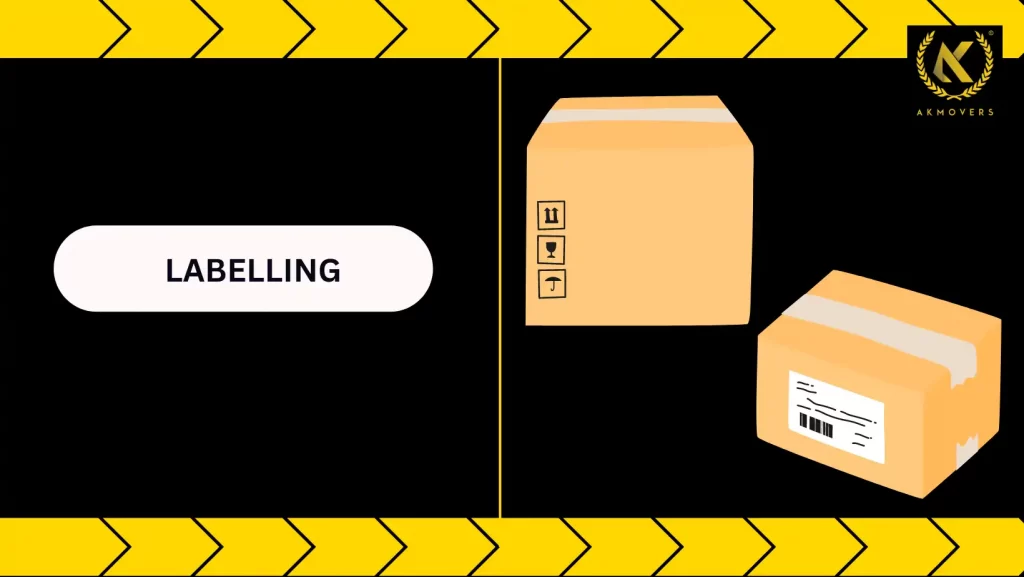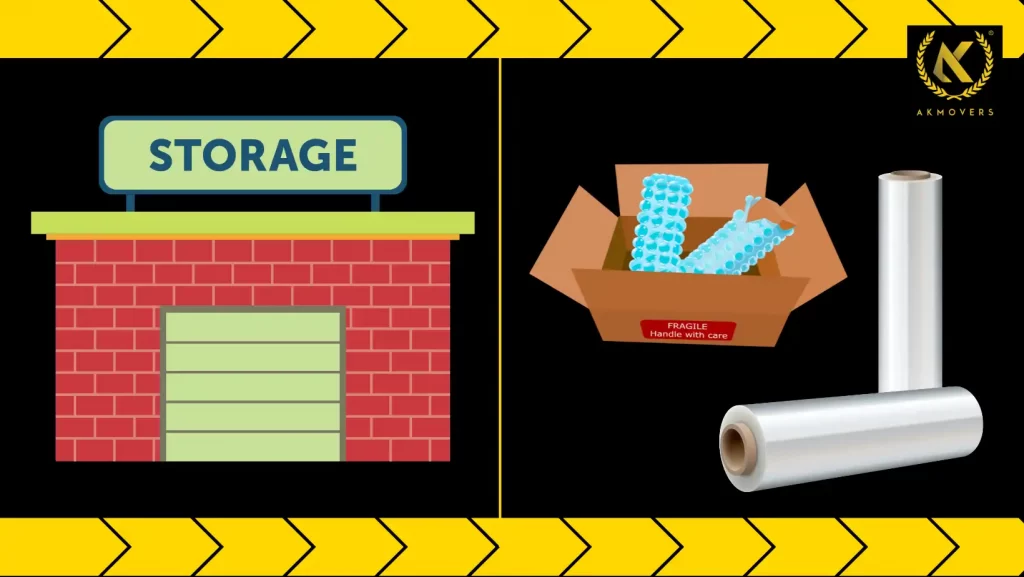In our fast-paced lives, keeping our storage spaces organized and our items clean can often feel like a daunting task. However, with a few simple strategies and routines, maintaining tidy storage areas and pristine belongings becomes not only achievable but also rewarding. Let’s explore some practical tips and techniques to effectively keep storage spaces well-organized and items free from dirt and clutter.

In our quest for organization, one crucial step often overlooked is the selection of appropriate storage space. The right storage solutions can make all the difference in maintaining cleanliness and orderliness in our living spaces. From choosing the right containers to maximizing available space, strategic selection is key to effective storage management. Let’s delve into the art of selecting storage spaces that not only keep our items well but also prevent them from becoming dirty or disorganized.

Once we’ve identified suitable storage spaces, the next step in our quest for organization is grouping items efficiently. Grouping similar items together not only streamlines the retrieval process but also helps in maximizing space utilization and maintaining cleanliness. By categorizing belongings based on function or frequency of use, we can create logical storage systems that not only keep items well-preserved but also prevent clutter and dirt accumulation. Let’s explore the importance of grouping items effectively to achieve tidy and functional storage solutions.

Labelling is a simple yet powerful technique that enhances the effectiveness of our storage solutions. By clearly labelling containers, shelves, and compartments, we not only facilitate easy identification of items but also promote consistency in organizing and maintaining our storage spaces. Whether using traditional labels, color-coding systems, or digital solutions, effective labelling ensures that every item has its designated place, reducing the likelihood of clutter and dirt accumulation. Let’s delve into the significance of labelling in keeping storage areas well-organized and items clean.

In addition to efficient grouping and labelling, utilizing covers or protectors further safeguards our stored items from dirt and damage. Whether it’s utilizing plastic bins with lids, garment bags for clothing, or protective sleeves for delicate items, employing covers or protectors adds an extra layer of defense against dust, moisture, and other environmental factors. By investing in the appropriate covers or protectors for our belongings, we not only maintain their cleanliness but also prolong their lifespan. Let’s explore the importance of using covers or protectors as part of our storage management strategy.

In addition to regular cleaning, implementing routine maintenance tasks is essential for the long-term preservation of our storage areas and items. This includes inspecting for signs of wear or damage, addressing any issues promptly, and periodically reassessing the organization and layout of our storage spaces to optimize efficiency. By staying proactive with routine maintenance, we can prevent potential problems, prolong the lifespan of our storage solutions, and ensure that our items remain well-kept and free from dirt. Let’s explore the importance of incorporating routine maintenance into our overall storage management strategy
In conclusion, maintaining well-organized storage spaces and keeping items clean requires a combination of thoughtful strategies and consistent practices. From selecting appropriate storage solutions to utilizing dividers, covers, and labels, every aspect of storage management plays a crucial role in preserving cleanliness and orderliness. By incorporating regular cleaning and routine maintenance into our storage routines and using storage space wisely, we can create environments that are not only visually appealing but also functional and conducive to our well-being. Remember, the journey to tidy storage and clean items begins with simple yet intentional steps. With dedication and mindfulness, achieving and sustaining organizational harmony is well within reach.
